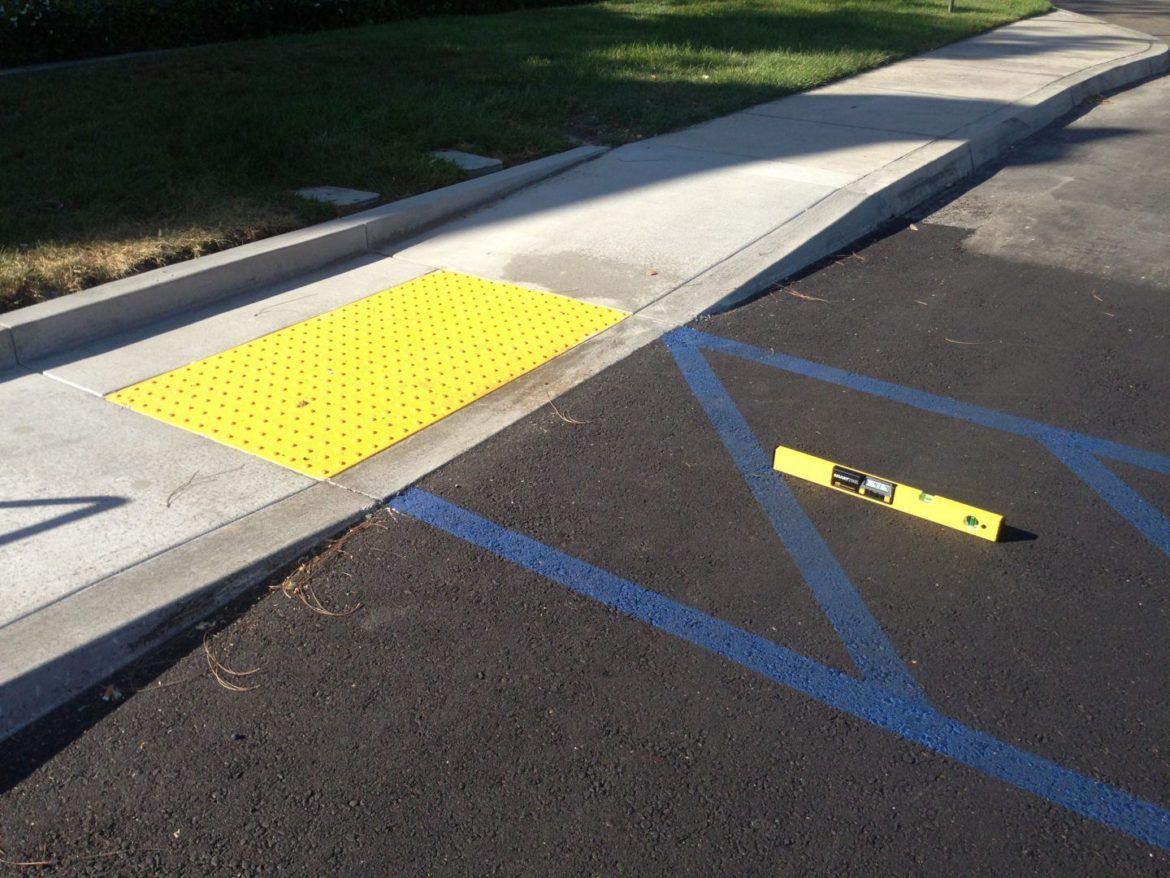Americans with Disabilities Act

On July 26, 2015, we observed the 25th anniversary of the signing of the Americans with Disabilities Act (ADA) – the landmark legislation intent on removing barriers and opening our public spaces to the disabled community. After 25 years, the requirements of the ADA are still not fully implemented yet the demand for access is growing faster than ever.
Comedian Josh Blue often notes that the disabled community is “…the largest minority group that you can join at any time!” Accidents aside, our aging population will accelerate the growth of this group in the next 10 years to its highest population ever. As we approach 2020, Americans are turning 65 at a rate of more than 1 million per year. (1) The U.S. Census Bureau tells us that 39% of the population over age 65 has at least one disability. Of this group, two-thirds have difficulty walking or climbing stairs. (2) The ADA established a mandate 25 years ago that certain physical barriers be removed for easier access to the places we all enjoy. Unfortunately much of this work still remains on the to-do list.
Barrier removal in the built environment is generally defined as the removal of a condition that prohibits or makes access difficult for the disabled. Working on the rehabilitation of parking lots and paths across the country, I have often been on-site during construction. On one particular project a woman helping her mother to her car asked me what we were doing. When I explained that we were adding barrier-free parking and pathways, both expressed an emphatic “Thank you!” Where I come from, construction and the sight of orange barrels doesn’t stir up the warmest thoughts among the general public. While this encounter was a surprise to me considering the temporary inconvenience we were creating, it has happened many times over just the past few years on our ADA projects. They are different and address a very personal and basic need of our citizens.
The American senior population is an incredibly active group of citizens compared to past generations. With their growing numbers, their participation in community life will require better attention to the ADA. To understand this impact better, it is helpful for a public or private interest to consider the aging and disabled community as not only the person with the special needs but also those who support them. This could be the parent of a special needs child or the adult children caring for an aging parent as I encountered in the parking lot. The latter group of seniors and their families represent a significant and growing population that is becoming more aware of the need for accessibility and the community obligations that come with it. It stands to reason then, that a place or program with ease of access has a greater likelihood of drawing this loyal group of consumers. In just the past five years, our seniors’ increased use of community spaces has many Townships building activity centers specifically for them. Real estate developers are trying to meet the demand for attractive senior housing in accessible communities or near downtown areas and architects are responding with greater creativity through universal design to provide barrier-free spaces that cater to our seniors and their families.
For ADA and the near future, we will see a quickening demand for accessibility and increased enforcement as a result. Just this year the Department of Justice created an online complaint form making it easier for citizens to communicate where they have encountered barriers in public places. As we work toward opening more of our communities to those in need, here’s hoping their Thank You’s will remind us that compliance should be driven less by enforcement fears than by our families, neighbors and military veterans that are counting on it.
(1) Projected Future Growth of the Older Population, Administration for Community Living, US Dept. of Health and Human Services
(2) Older Americans With a Disability: 2008-2012, American Community Survey Reports (Dec. 2014)
